|
Star Soldier: Vanishing Earth is one of the later entries in the Star Soldier series of shmups, and this is a series that I'm quite a fan of. The NES port of Star Soldier was one of the first games I had growing up as a kid, so the series definitely has a special place in my heart. It's unfortunate, then, that this N64 entry proved to be such a major disappointment for me. Being developed by Hudson, you'd be forgiven for going into Star Soldier: Vanishing Earth as I did with pretty lofty expectations. I mean, Hudson is no small time developer especially back in the 90s. They alone were reason enough to own a TurboGrafx-16 with games like Ys, Star Parodier, and Lords of Thunder to name a few. It's kind of like playing Super Mario 64, Legend of Zelda: Link to the Past, and Super Metroid before going to Animal Crossing: Amiibo Festival. How could such an objectively talented and accomplished studio produce such a depressingly disappointing game? While story is rarely a big driving force in arcade shmups, even by those standards, Vanishing Earth is okay at best. Some aliens launched an overwhelming attack on the Earth, and a small group of defenders has to fight them off. That's it. That's the story. I mean, yeah, that's the basic story of like 75% of the shmups out there, and I'm probably a little overly cynical because of how meh the whole game is, but there's legit nothing that sets it apart from the crowd. The audio is similarly forgettable. The music's okay, and the robot voicing when the bosses approach is interesting, but again, this is the studio that gave us Lords of Thunder. My expectations were higher. The gameplay is slow and cumbersome. Your ship feels like it's swimming through jelly, not flying through space. Your lasers do autofire if you hold the A button, but there's a delay between when you press the button and when they start autofiring. Because of that, I seriously played through the first three of the game's seven levels smashing the A button repeatedly before I realized that I just had to hold it down for a couple seconds to get it to start shooting more than once. Pretty much the only aspect of the game that wasn't a massive disappointment for me was the visuals. It didn't blow my mind, but it does look pretty good for the Nintendo 64. The ships are all well modeled and animated, and the enemy attacks are usually pretty clear to see with the exception of a few awkwardly animated boss attacks. Unfortunately, impressive visuals aren't enough to redeem its dime-a-dozen story, mediocre sound design, sluggish controls, and so-so presentation. Unfortunately, almost all of Star Soldier: Vanishing Earth is a massive disappointment. The game looks quite nice, but that's about as far as the compliments go. It's a shame, too, because the Star Soldier series deserved better, and Hudson was capable of so much better. Every studio has its duds, and this was one hell of a dud for Hudson. If you have a Nintendo 64 emulator on your PC or an Everdrive 64 cartridge, it might be worth checking out if you're a fan of Star Soldier like I am just to say that you experienced it, but don't get your hopes up, and definitely don't spend any money on this. It's just not worth the let down. My Rating - DAlso available on Nintendo 64, PlayStation 4, Xbox One, and Windows Doom 64 saw Doom make the jump from psuedo 3D to actual 3D. It still resembled Doom and Doom II, giving it a fairly rudimentary 3D look in a lot of ways, but that also served to help keep it feeling like a true Doom sequel instead of a slightly awkward departure. -cough cough- Doom 3 -cough cough- Oh, and it's an absolute damn masterpiece. The bulk of the monsters and weapons you've come to know in Doom and Doom II make a return in Doom 64. While some look pretty much the same, like the zombiemen and the Hell Knights, some look radically different, like the Pain Elemental (screw that thing). As far as the guns go, the biggest appearance difference is with the chainsaw. The jump to the Nintendo 64 saw Doom's chainsaw gain a second blade, making it not only infinitely cooler in general but probably the most badass melee weapon in any video game ever. The game is pretty much what you'd expect from Doom; you spend the first third or so killing demons that have invaded human installations and settlements, and then you spend the last half to two thirds of the game killing demons through Hell and reminding them why it's a bad idea to go through those portals. Overall, I'd say the rigor of the puzzles is about on par with Doom and Doom II although that does vary from level to level. Some levels are no puzzles at all, straight murder. Some levels - like the VERY aptly named damn Unholy Temple - not only balls deep the puzzle aspect but do so in the most god awful annoying way possible. Seriously, that's the single most frustrating level in the entire Doom series (excluding maybe Doom Eternal which I've still not played at the time of writing because I'm poor). Other than the general immense satisfaction that massacring the legions of Hell gives in Doom 64, my favorite part of this game is probably the final boss. It's BALLS hard, but it's a true honest to God (no pun intended) final boss experience. Doom had the Spiderdemon, and Doom II had the awkward living wall thing with the constantly spawning hordes, but Doom 64 basically has those two in one. The first phase is an absolute gauntlet where you have to fight through three or four massive waves of almost every type of enemy in the game. If you manage to survive that, you then fight the Mother of all Demons, and she is NOT to be underestimated. She makes the Spiderdemon and Cyberdemon look like punk tutorial foes. The game does give you pretty much full health, armor, and ammo for all weapons before the battle starts, but even with that, it took me a solid five attempts to clear the boss. Few final boss experiences have left me feeling quite that satisfied. Because it's a port of a game from three console generations back, it obviously runs smooth as butter on modern platforms, but even playing on the original Nintendo 64 is one of the most satisfying goregasm experiences that the platform has to offer. Whether you're dusting off an old N64 cartridge or using one of those newfangled downloads on a PC or modern console, Doom 64 is about as good as it gets with demon massacring. There aren't many games that leave me feelingly completely and totally satisfied, but this is one of those few. My Rating - AAlso available on PlayStation 3, PlayStation 4, Xbox, Xbox 360, Xbox One, Nvidia Shield, Linux, OSX, and Windows Back in 2004, seven years after the release of Doom 64 and eight years after the release of Doom II, id decided that it was time to try to reboot the Doom series. As the original Doom used some pretty advanced visuals (for 1993, anyway), Doom 3 was similarly cutting edge visually for the time. The graphics definitely look dated 16 years later, but it was an impressive game for the time, and this is a pretty solid port of it. To have Doom 3 on the handheld is definitely exciting. Doom 3 marked a pretty big shift for the series as it took a step away from the pedal-to-the-metal badass action and a shift towards a distinct horror vibe. I, personally, dig the horror vibe as I'm a huge fan of horror games in general, but it's unfortunately not implemented here as well as I had hoped. The basic premise is that you're a marine escorting some government bigwig on some inspection of a UAC research facility on Mars when someone screws up and unleashes the forces of Hell on the planet. Instead of kicking ass and taking names like you did in Doom and Doom II, though, you're almost constantly outgunned, and instead of leaping out from every corner with guns blazing, you'll find yourself creeping around each corner and trying to conserve your ammo for the inevitable next demon you don't *quite* have the firepower to tackle confidently. My first disappointment with the game was the implementation of the horror theme. Don't get me wrong; the game is definitely creepy, and it keeps you on your toes, but it's not a Resident Evil or a Silent Hill tier horror experience. My second and bigger disappointment was the feel of the gunplay in the game. The shotgun feels inaccurate at all ranges (as opposed to killing whatever is in its general direction at close range), the assault rifle feels like a rubber band gun, and the rocket launcher just doesn't have the oomph that you'd expect. The only weapon that feels better in Doom 3 than it did in Doom or Doom II is the chainsaw. The chainsaw was really disappointing in my opinion in the first two games, but it kicks ass in Doom 3. Unfortunately that improvement comes at the expense of every other weapon. Doom 3 is pretty widely disliked (or at least liked less) among the Doom fanbase, and while I definitely enjoyed the game, it's not hard to see why. Doom did gore and action REALLY well; Doom 3 traded that for a mediocre horror experience. Had it been an incredible horror experience, it would have been a good trade, I think, but they traded greatness for mediocrity in my opinion. Releasing originally in 2004, too, and coming off the heels of Medal of Honor's and Halo's huge market successes, it feel a little bit like just another shooter. It's a lot more than that, but it definitely isn't nearly as unique or noteworthy as its predecessors were. Doom 3 is a good horror game. It's a good supernatural shooter. It's not, however, a "great" anything. It's got a list price of $10 on the Switch eShop, and honestly, I think that's a bit steep. $7 would be good, I think, because it does include the Resurrection of Evil and Lost Missions expansions, but expansions for a "pretty good" game are still not going to add up to "great." If you see it on sale like I did (I got it for $3), then absolutely give it a download because it truly is a fun experience. It's just not an exceptional experience. My Rating - DAlso available for Game Boy Advance, Tapwave Zodiac, Saturn, Xbox 360, Xbox One, PlayStation, PlayStation 4, Android, iOS, PC-98, MS-DOS, and Mac OS Doom II picks up right after the end of the first game and, in a lot of ways, plays more like an expansion than a sequel. After defeating the demons on Mars, Doomguy arrives back home on Earth only to discover that the forces of Hell have invaded Earth. As the Earth's population evacuates the planet, Doomguy takes it upon himself to single handedly attempt to drive the demons off of Earth before venturing into Hell itself to destroy the demons at their source. As far as gameplay is concerned, nothing really has changed since the first game. The only really noteworthy difference is the addition of the Super Shotgun. It uses the same ammo as the regular shotgun, but it expends two shells at once in exchange for vastly improved firepower. Naturally, being a shotgun whore, it was my weapon of choice throughout the game. Otherwise, it plays just like the first game. You run around in a primitive 3D environment blasting enemies while the game auto-aims along the Y axis. The levels are just as massive and mazelike as in the first game, sometimes more so. You're still hunting down various colored keys, switches, and hidden doors to progress through the level, and there are still par times that I'm almost always too shitty a player to meet. For the most part, you'll face the same enemies as in the first game although there are a few new demons, most frustratingly the Pain Elemental and the Arch-Vile. The Pain Elemental looks a lot like the Cacodemon except that it constantly spawns Lost Souls, making it EXTREMELY annoying to first. The Arch-Vile looks a bit like a wendigo, reanimated killed enemies, has an absurd amount of HP, and deals a ton of damage. Basically it's a terrifying pain in the ass. The level designs and puzzles, while all resembling what the first game had to offer, feel a lot more polished and well planned in my opinion. Overall, Doom II is more of the same from the original game, but the small additions here and there and the added polish make it feel like a wholly superior product all around. It doesn't change the formula so much as refine it. The Switch port that I played also has some officially supported add-ons that can be downloaded to add dozens of additional levels if you find yourself wanting more after finishing the campaign. There's also the addition of multiplayer that I wasn't able to try out. Hopefully I'll find someone who wants to play a video game old enough to be in the US House of Representatives with me and get to try this mode out at some point. Either way, though, Doom II is a cheap download on Switch that runs smoothly and is an absolute masterpiece of early 3D game design. If you're not turned off by early 90s visuals, definitely check this one out. The graphics haven't aged well at all, the gameplay is still as fun and addicting as ever. My Rating - AAlso available on PlayStation 4, Xbox One, Mac OS, and Windows If you've played one Lego game, you've pretty much played them all. Likewise, if you've played one Lego game, you probably want to play them all because they're freaking awesome. Lego DC Super Villains is no exception; it has the same lovable Lego aesthetic and feel with the familiar gameplay but in a game where you play as some of the best villains from the DC comic universe. The premise of DC Super Villains is that you're a super villain (obviously) working with Lex Luthor and Joker to cause chaos and take over the world or whatever cliche super villain scheme they have. That changes, however, when the Crime Syndicate from Earth-3 shows up and zaps the Justice League into purgatory or something. Suddenly being the lesser of the two evils, the Legion of Doom begins to recruit other super villains to oppose the Crime Syndicate and whatever it is they're planning besides the standard world domination trope. That was actually the source of my main disappointment with the game - I wanted to be a VILLAIN, not a normally-bad-guy-but-forced-to-be-good-ish-due-to-circumstances-guy. Don't get me wrong, the game is still super fun, but it wasn't quite what I'd been expecting. Being a slut for customization options, my favorite aspect of the game was the character creator. You get to create a Lego supervillain as wacky or terrifying as your heart pleases. Naturally, being one who takes as little in life seriously as possible, I went for as wacky as possible. Behold...the universally feared and reviled Buhtseks Bandit! They thought their silly language filter would keep me from being pointlessly vulgar, but once again, my mental depravity proved superior. Your custom character's gimmick is that they can absorb and gain new superpowers, so your character starts off kinda meh but becomes more and more useful as the game progresses. Visually and audibly, the game is fantastic. It looks great although the smooth plastic Lego aesthetic isn't exactly super intensive on system resources. Still, though, the game's colors really pop, and the Lego brick models do a great job of blending the unique Lego look while staying distinctly DC. The characters are all fully voiced with some serious industry heavy hitters reprising their usual characters. Mark Hamill, Michael Dorn, and Tara Strong all lend their voices to their usual characters just to name a few. The quality of the voice acting can really make or break a game especially when it uses characters that have a well known voice in other media. Keeping those voices for this work were a big part of my personal enjoyment here as I'm just a huge fan of Hamill, Dorn, and Strong in general. While I wasn't able to test this myself because I have no friends to hang out with (cue sadness), there is two player local cooperative gameplay in Lego DC Super Villains. Since I wasn't able to test it personally, I can't speak to how well it works, but if it's like other Lego games, I imagine it's a great way to share the experience. In this increasingly online-obsessed age for gaming, the inclusion of local multiplayer of any kind in a game just tickles me pink. I may have had my personal disappointment with not ACTUALLY being an evil supervillain in the context of the game's story, but Lego DC Super Villains was still a hella fun experience that definitely fits in with the other licensed Lego video game experiences. If you're a fan of Lego games, especially the other licensed comic book Lego games, then you definitely need to check this one out. There are over 150 playable characters in the game plus over half a dozen custom character slots plus all of the collectables hidden throughout the world that Lego games usually offer, so you can definitely play around with it for a long time to experience everything the game has to offer. My Rating - BAlso available on Switch and Windows Gundam is a MASSIVE franchise in terms of games, movies, anime, and manga. A few years ago, I played through SD Gundam G Generation Genesis, a strategy RPG game that goes through the majority of Gundam's Universal Century timeline. Cross Rays is the companion game to Genesis; it keeps the same gameplay format, but rather than going through the Universal Century timeline, Cross Rays takes you through four of the Gundam alternate universes - Wing, Seed, 00, and Iron Blooded Orphans. As far as gameplay goes, if you liked Genesis, you'll like Cross Rays. Despite having the same basic gameplay, I found myself enjoying Cross Rays significantly less than Genesis. I spent a lot of time trying to figure out why. Are the levels longer? No, but there are more levels in Cross Rays. Maybe that was it? No, that can't be it; I was feeling the game fatigue before I was even halfway through the game. Maybe the dialogue was longer? Not that I could tell; the cutscenes and dialogue segments were pretty much as obscenely long as Genesis was. Then it finally occurred to me - it was the source material. I LOVE Universal Century. I'm heavily invested in that timeline, and each series you played through in Genesis took you farther in that same timeline. When you go through different segments of Cross Rays, you may have multiple series within the same timeline, but at the end of the day, the game has four separate timelines rather that one massive, unified timeline like Genesis. That's not to say that it's a good thing or a bad thing; I just found myself much less invested going through four different timelines especially given that Iron Blooded Orphans is the only timeline in Cross Rays that I'm particularly attached to. For those who haven't played or read my review for G Generation Genesis, let's explore the gameplay. If you've played a game like Disgaea or Fire Emblem, then you know the core gameplay - you move your units around a grid map and fight the enemy force in a turn based strategy battleground. One of the big questions that comes up with every strategy game is "Are deaths permanent?" Well, yes and no. Yes, if your unit is destroyed, you lose that mobile suit forever. The pilot of that destroyed unit, however, is not killed. You keep that pilot; you just have to buy a new mobile suit for him or her. That's a pretty fair balance in my opinion. It takes away the mobile suit that you've been leveling up and improving, so it does discourage reckless gameplay; but you don't lose the pilots you've been leveling up and improving, so it is forgiving to a certain extent when you have an inevitably bad RNG roll or just make a bad move. While the core gameplay mechanics are pretty much the same between Genesis and Cross Rays, that's not to say that it's identical. Cross Rays definitely did make some changes, and some of these are definitely changes for the better. Unit level-ups, for example, have been modified. In Genesis, when a unit leveled up, it was given a flat boost to all stats plus a couple of points that you could assign to whatever stat you wanted. Cross Rays took away that flat bonus and left it on the player to assign all stat points. This gives the player a little more agency to craft units to whatever role they want while also diminishing the massive disparity between early game and late game units. There's definitely a gap in power between those early and late game units, but it's not quite as drastic a difference as it was in Genesis. The most significant addition is the Dispatch Missions. You can dispatch up to three of your four teams on missions that auto-complete in real time for capital, experience, and item rewards. The longer the mission, the better the rewards. Some of them complete in as little as two hours; some of the missions you unlock later on take 15 or 20 hours to complete. If you're a little short on cash, just take a break and do some dispatch missions. If your mobile suits are a little underleveled, take a break and do some dispatch missions. If you're just tired of the game but want a little nest egg to come back to, put your teams on some 12+ hour missions, and let your teams do the work for you. It's a pretty passive addition, but it's a fantastic addition. SD Gundam G Generation Cross Rays is a MASSIVE strategy RPG that exposes you to four of the biggest alternate universes in the Gundam franchise. For me personally, it was an overall step down from SD Gundam G Generation Genesis, but it definitely made a lot of improvements, and a lot of folks will definitely see Cross Rays as a big step forward. Whether you see it as a little better, a little worse, about the same, or if it's your first exposure to the SD Gundam series, Cross Rays is a fantastic game. Play it on PC, play it on Switch, or play it on PS4, but if you like strategy gameplay and giant robot space battles, make sure that you play it. My Rating - AAlso available on SNES, 32X, Jaguar, 3DO, PlayStation, Saturn, PC-98, Xbox, Xbox 360, Xbox One, PlayStation 4, Gameboy Advance, iOS, Android, and MS-DOS Doom is one of those games that pretty much everyone has played. Part of that is because it’s just a damn amazing game, but it’s also largely because it’s been released on almost every system imaginable. Doom has been released, if I’m not mistaken, on fifteen different platforms since its original release 27 years ago. While most versions, especially the early versions, have their own inclusions and exclusions that make each somewhat distinct, this port to Switch has propelled itself to the position of my favorite Doom port without a doubt. The story of Doom is pretty simple. You play as an unnamed space marine (usually referred to by fans as Doomguy) who was transferred to Mars after assaulting a superior officer who ordered his unit to fire on civilians. Doomguy acts as security for a company experimenting with a transporter to instantly move people between Mars’s two moons, Phobos and Deimos. Unfortunately, what they did was open a portal to Hell, and next thing you know you’ve got demons and possessed marines running around and killing. Time to kill. Depending on the version of the game you play, the game is broken into either three or four parts; the Switch port that I played has the fourth chapter. The first three chapters, “Knee-Deep in the Dead,” “The Shores of Hell,” and "Inferno,” are the chapters that tell the story and the part of the game that I personally feel is most worth playing. The fourth chapter, “Thy Flesh Consumed,” wasn’t available until the release of Ultimate Doom and has very little in the way of story content. Between the lack of story elements in Thy Flesh Consumed and the bizarre difficulty curve (more on that later), I personally only found the first three parts to be truly worthwhile. Doom definitely hasn’t aged well in the visuals department - after all, it was released before 3D technology was really a common thing - but man, the gameplay holds up just as well today as it did in the 90s, at least in my opinion. The fast and fluid gameplay, the simple point and shoot gameplay, and the hordes of demons and undead to slay make for an amazing experience even in 2020. The relatively short length of the levels makes it a perfect game to pick up and play a little at a time. Gotta take a poop? Kill some demons. Waiting in a doctor’s office waiting room? Slaughter some barons of Hell. Wife shopping for purses? Massacre some imps. Knee-Deep in the Dead, The Shores of Hell, and Inferno all have a pretty standard, reasonable difficulty curve. Except for the boss level, Knee-Deep in the Dead is generally pretty easy once you get a feel for the controls. Shores of Hell definitely ratchets things up, and it gets a lot harder to start from just a pistol if you die and have to respawn, but with some effort and practice, it’s a challenge you can definitely overcome. Inferno, however, gets tough. Environmental hazards and hordes of increasingly powerful enemies make those levels a seriously tough endeavor. It always feels like a natural progression, though. Thy Flesh Consumed is another matter entirely. That episode feels like a pack of random levels thrown together haphazardly. Not only is it a huge difficulty spike, but it’s not an even difficulty curve at all. With the exception of the boss level, the first level was the hardest one, in my opinion, meanwhile, the third level felt like the easiest. Whether you dust off the red SNES cartridge, rock the silent glory of the Atari Jaguar port, or kill on the go with last year’s Switch port, Doom is a damn good time. It’s violent as hell (pun intended) with gore for days, but it’s endlessly satisfying to play. It’s a definite challenge as you get on in the levels, but it’s a challenge worth tackling and feels so satisfying when you finish. I found myself getting HOPELESSLY lost in a lot of these levels and ended up with times easily 10x the par, but at no point did it stop being fun. Frustrating? Sure. But it was always fun. My Rating - A |
I'm a teacher.And I like to play video games. I like to collect video games. I like to talk about video games, and I like to write about video games. During the day, I teach high school history; during the night, I spend my spare time gaming. Then I write about it. Archives
April 2024
|
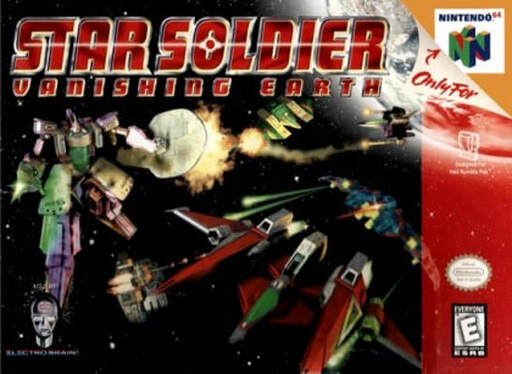
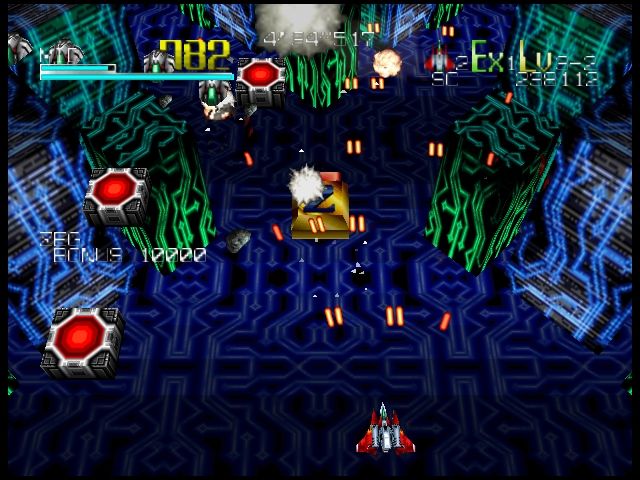
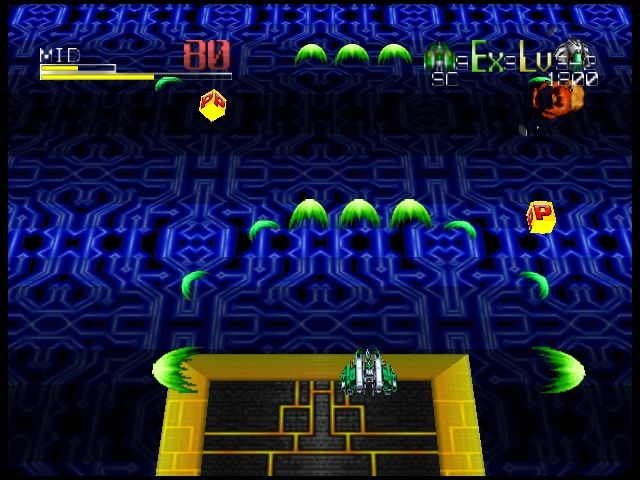
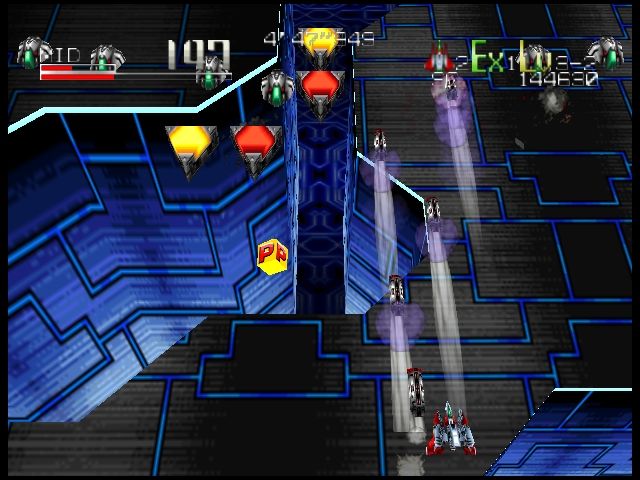
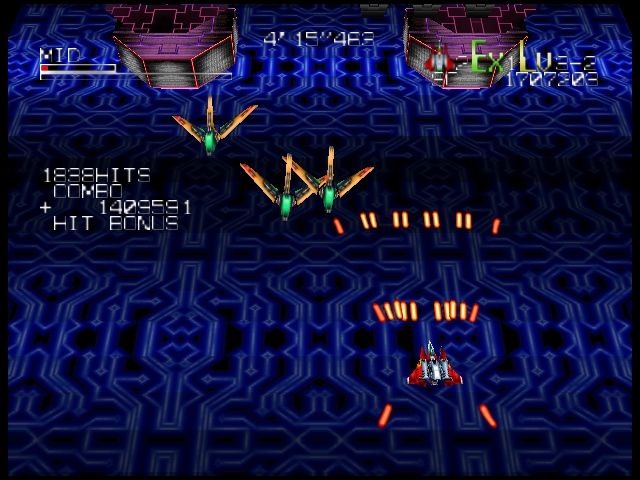
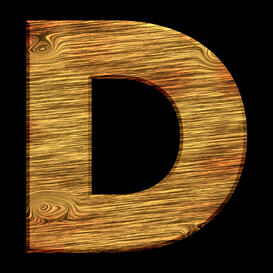


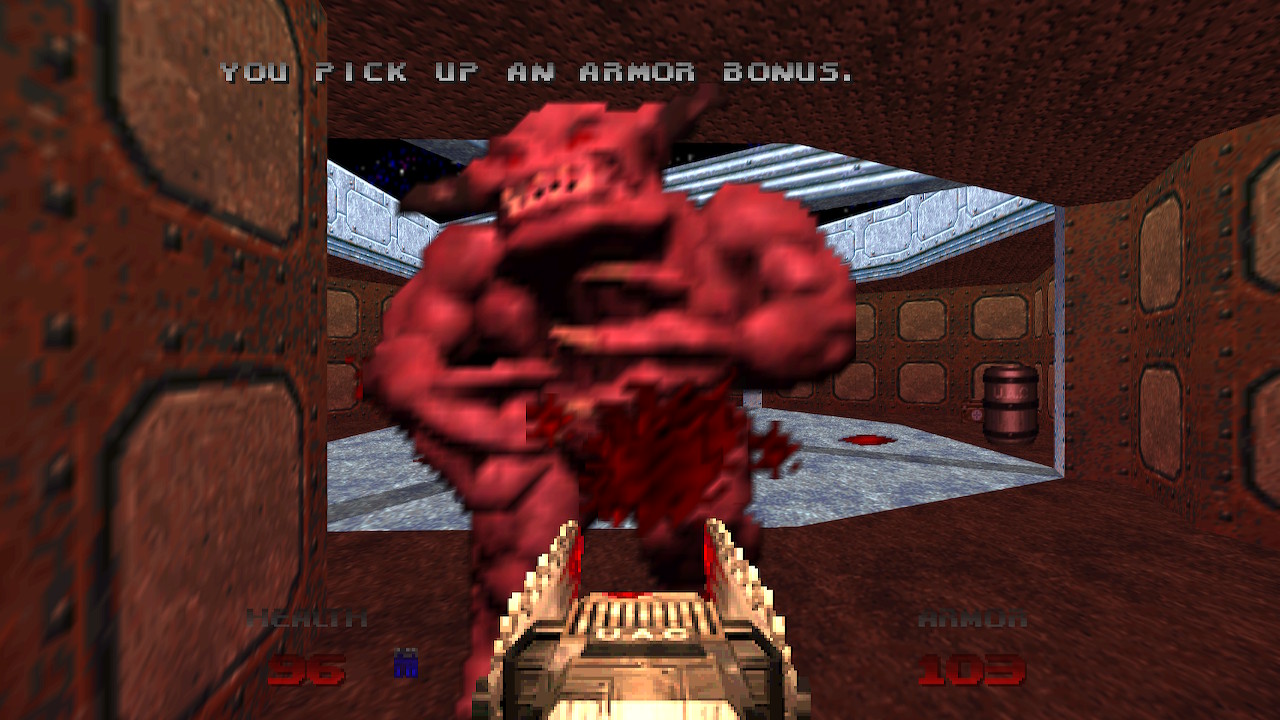
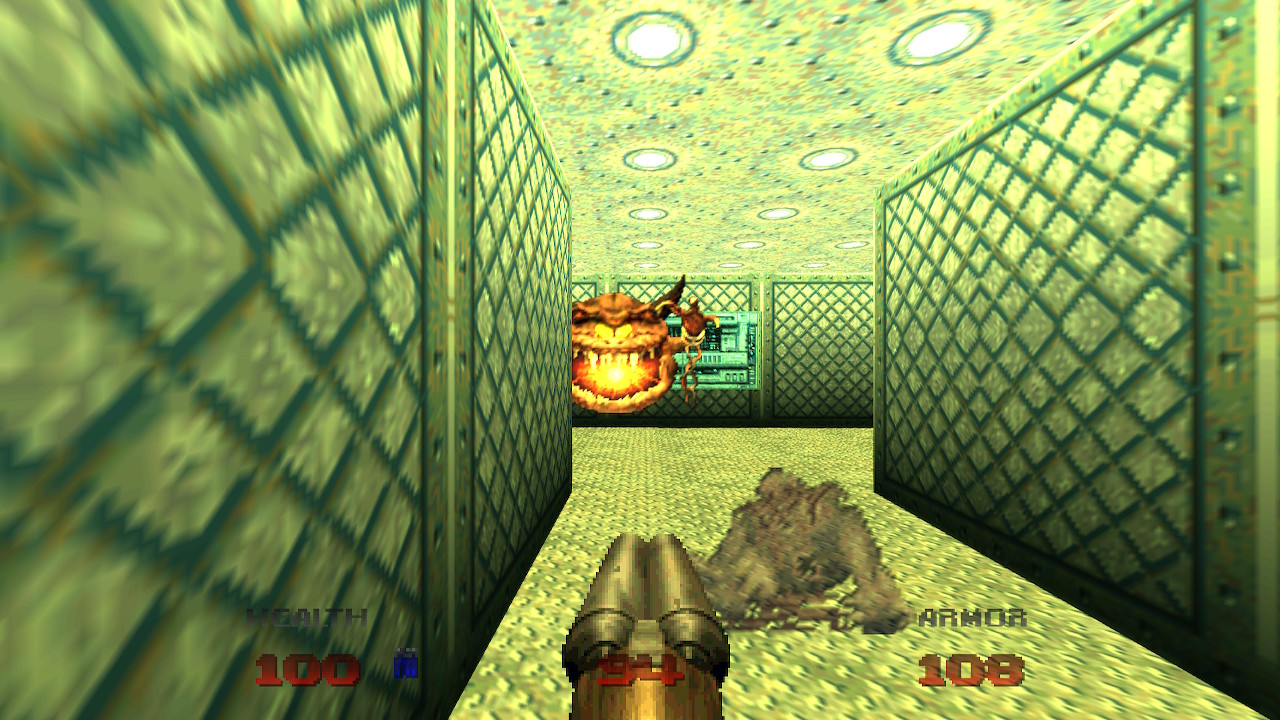
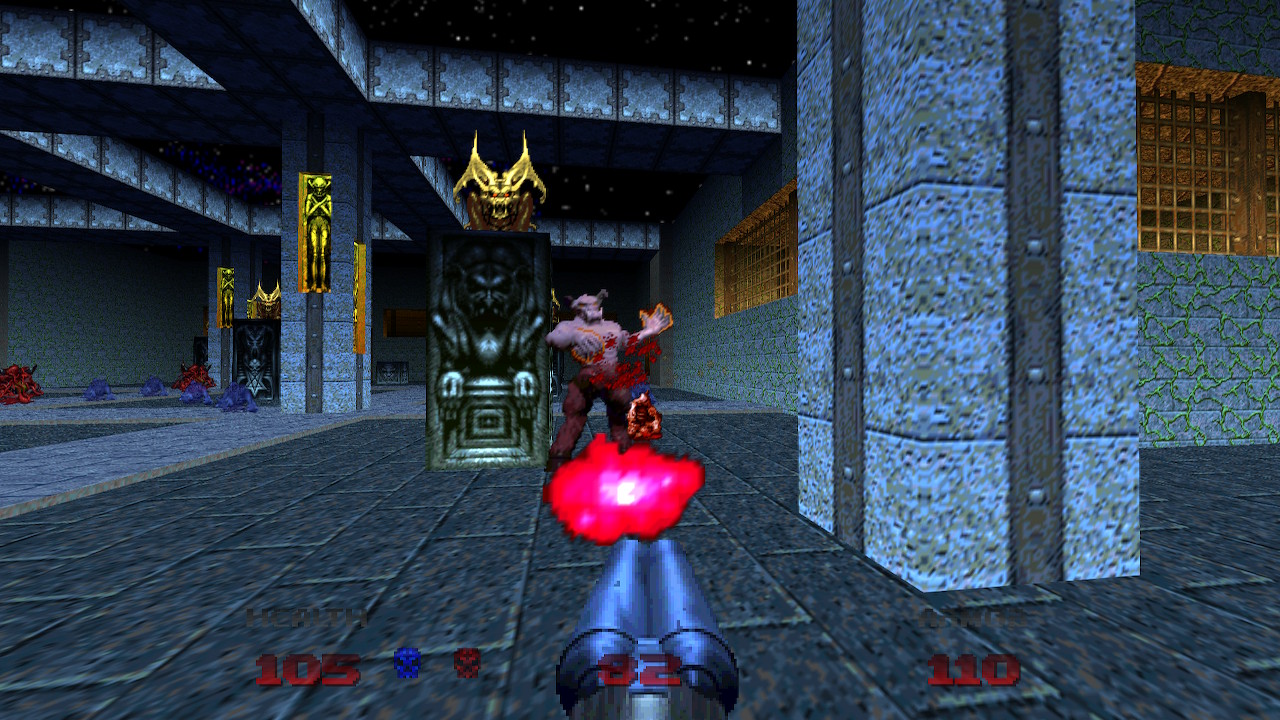
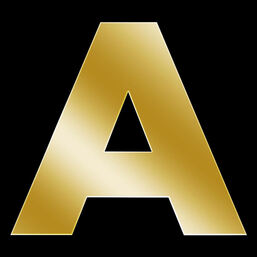
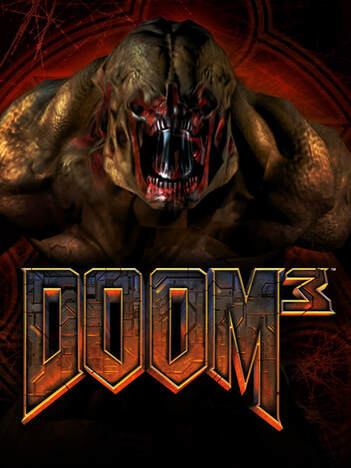
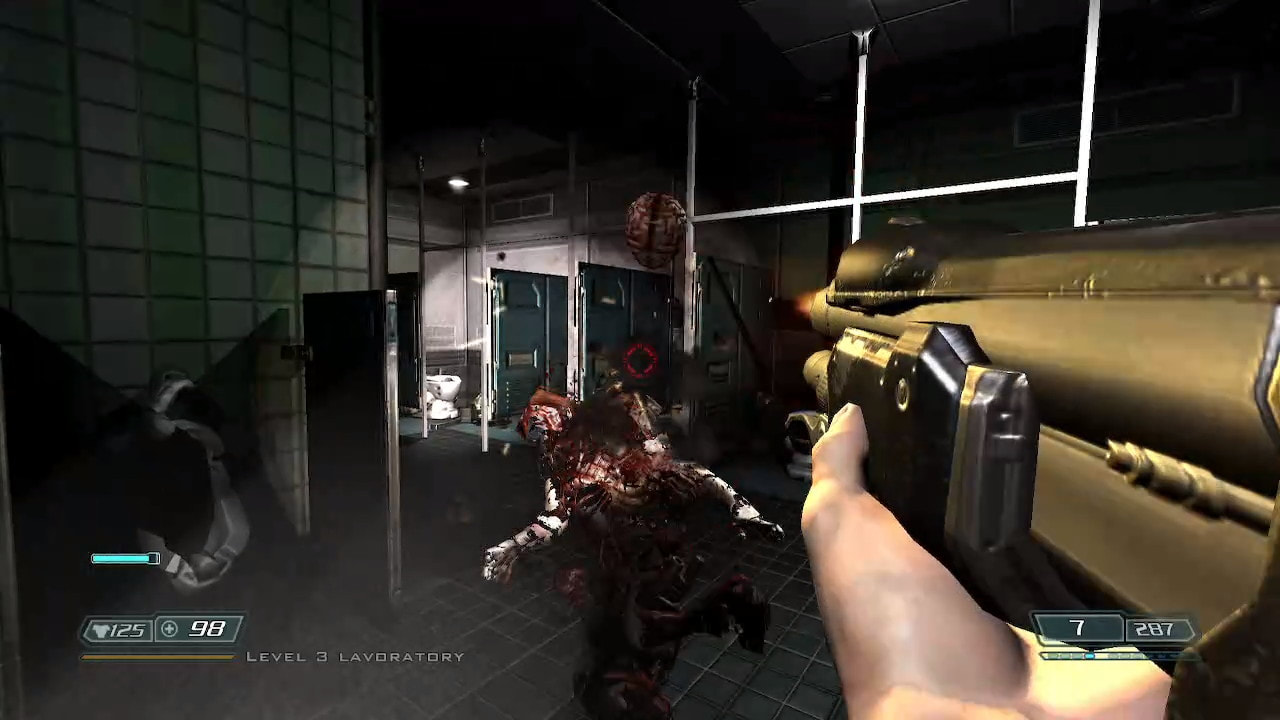
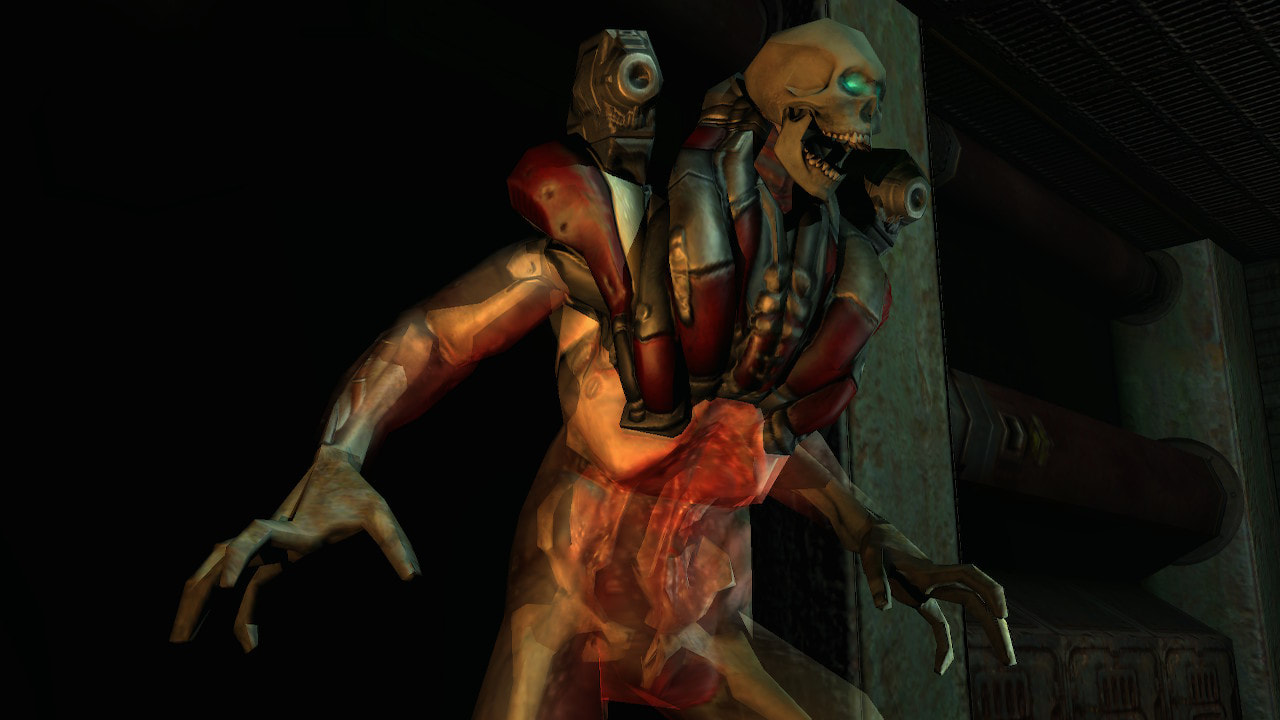
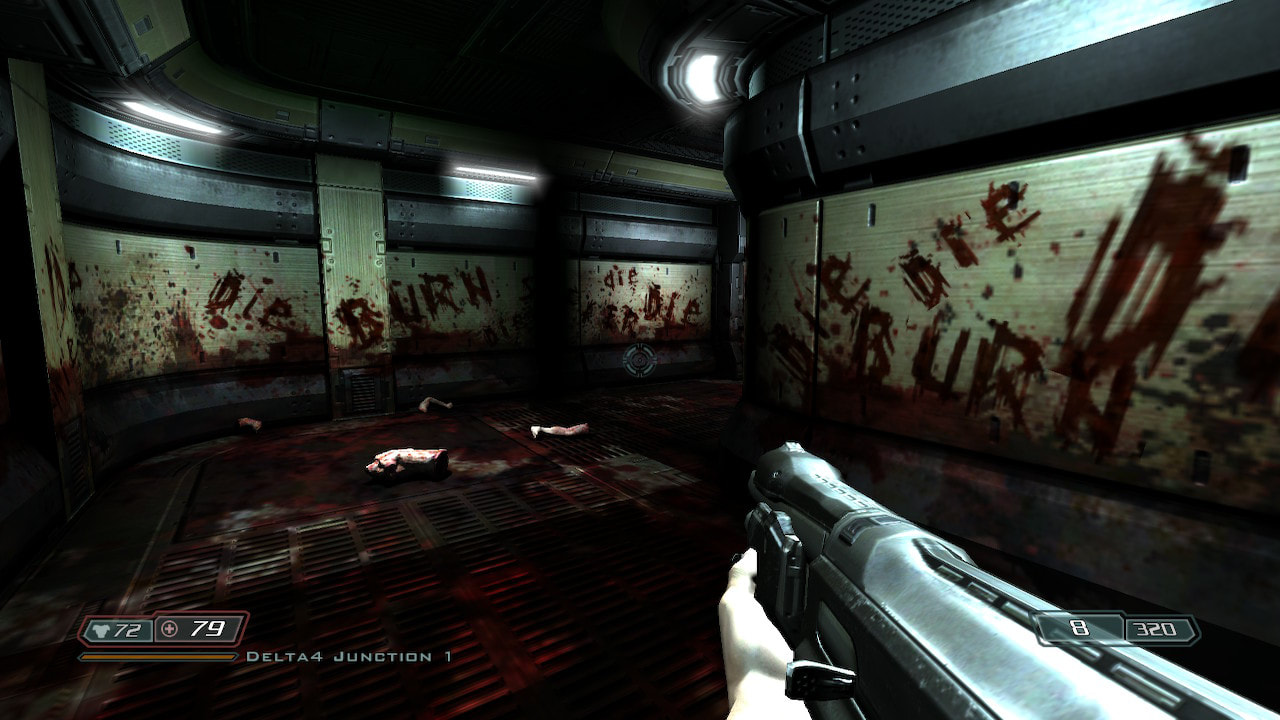
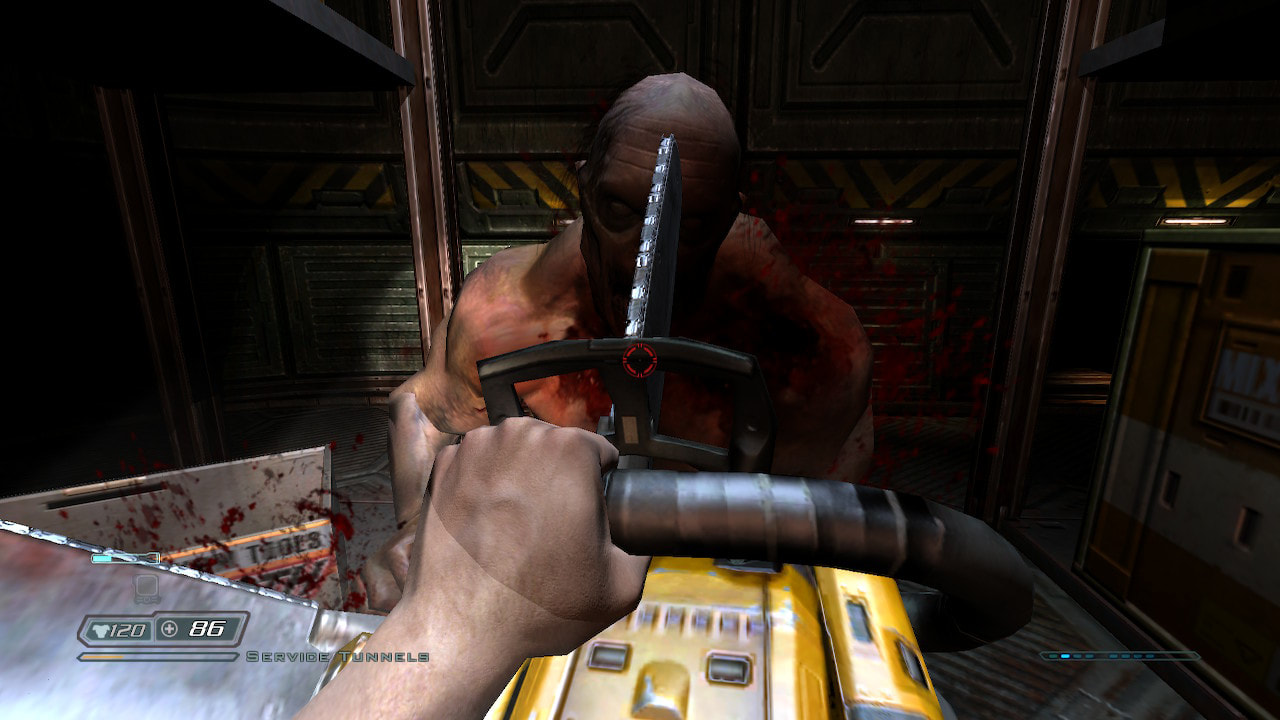
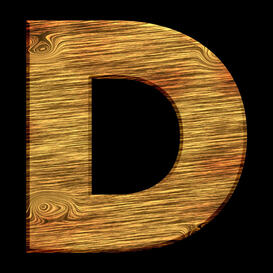

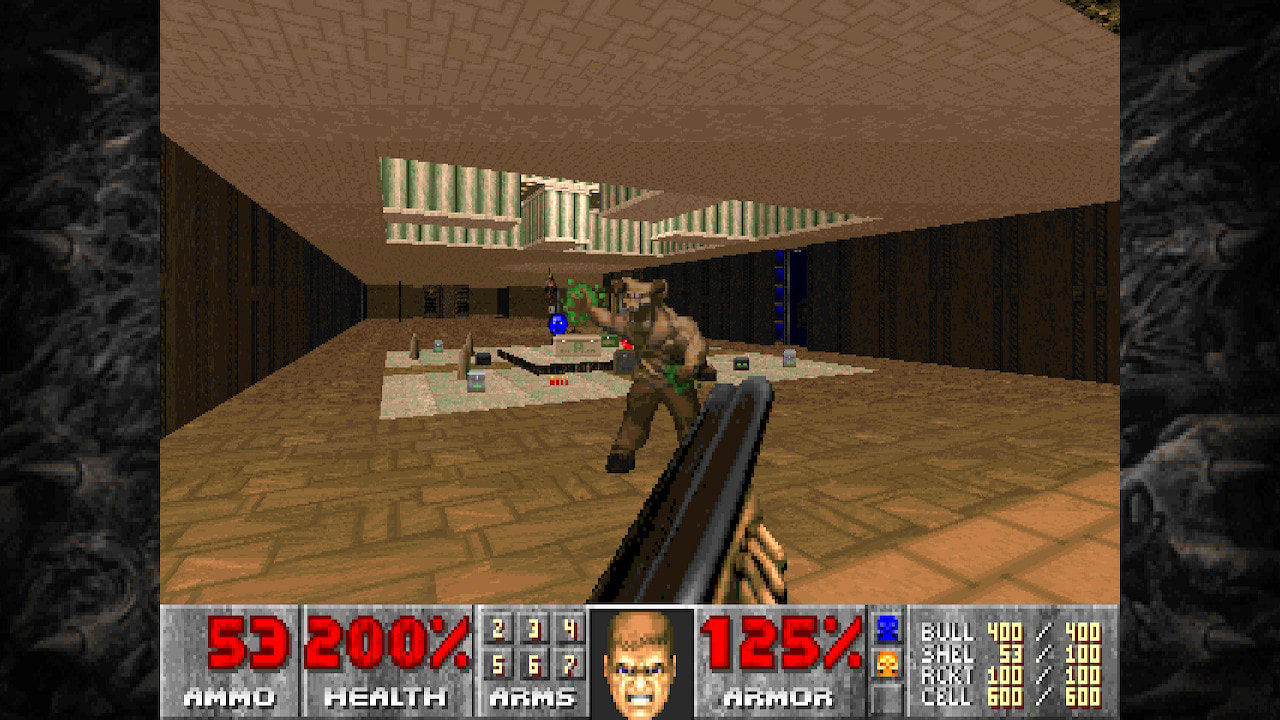
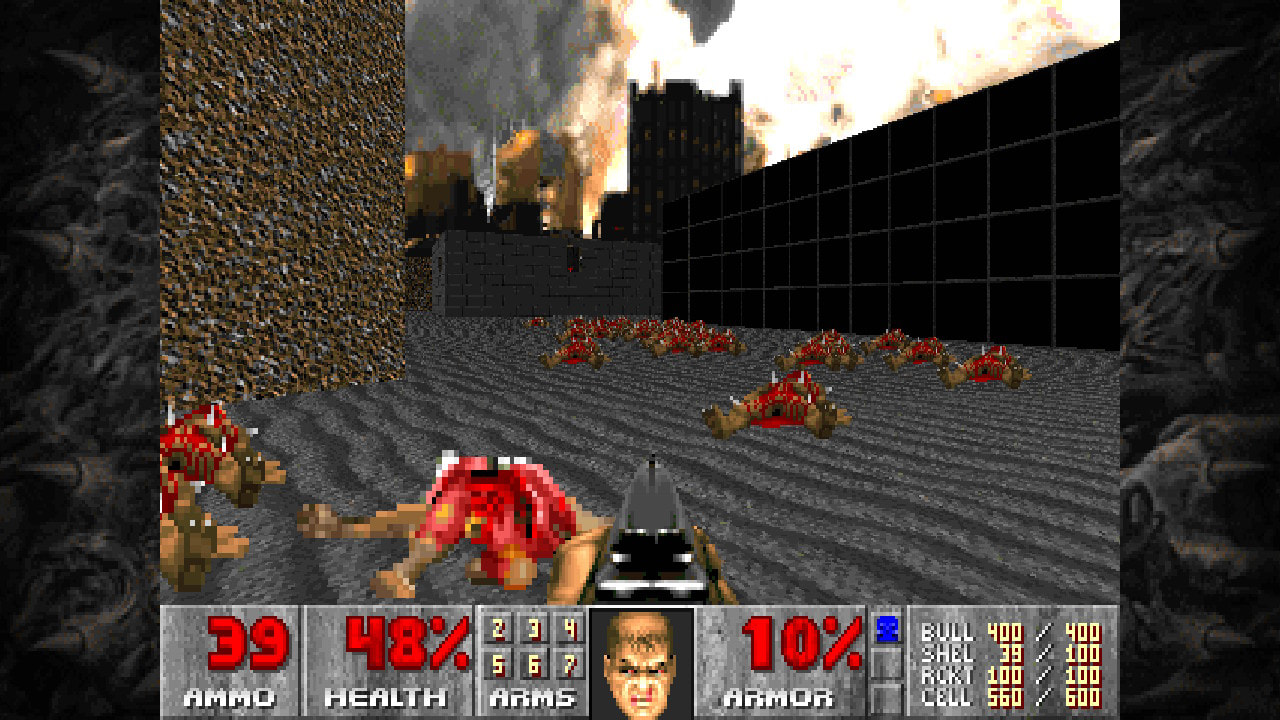
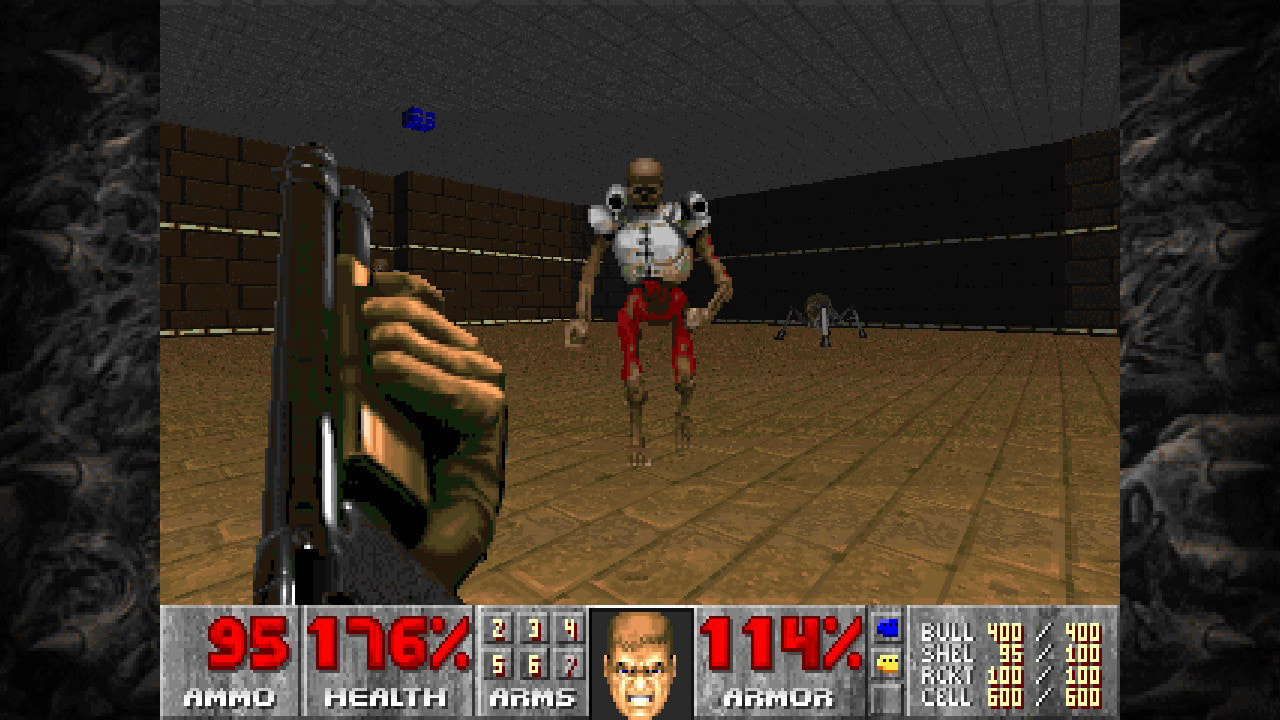
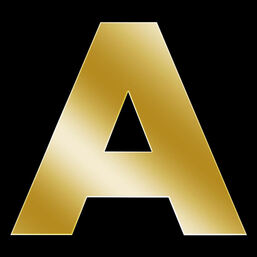
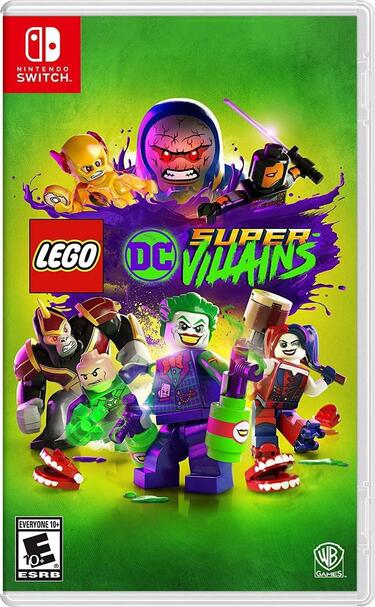
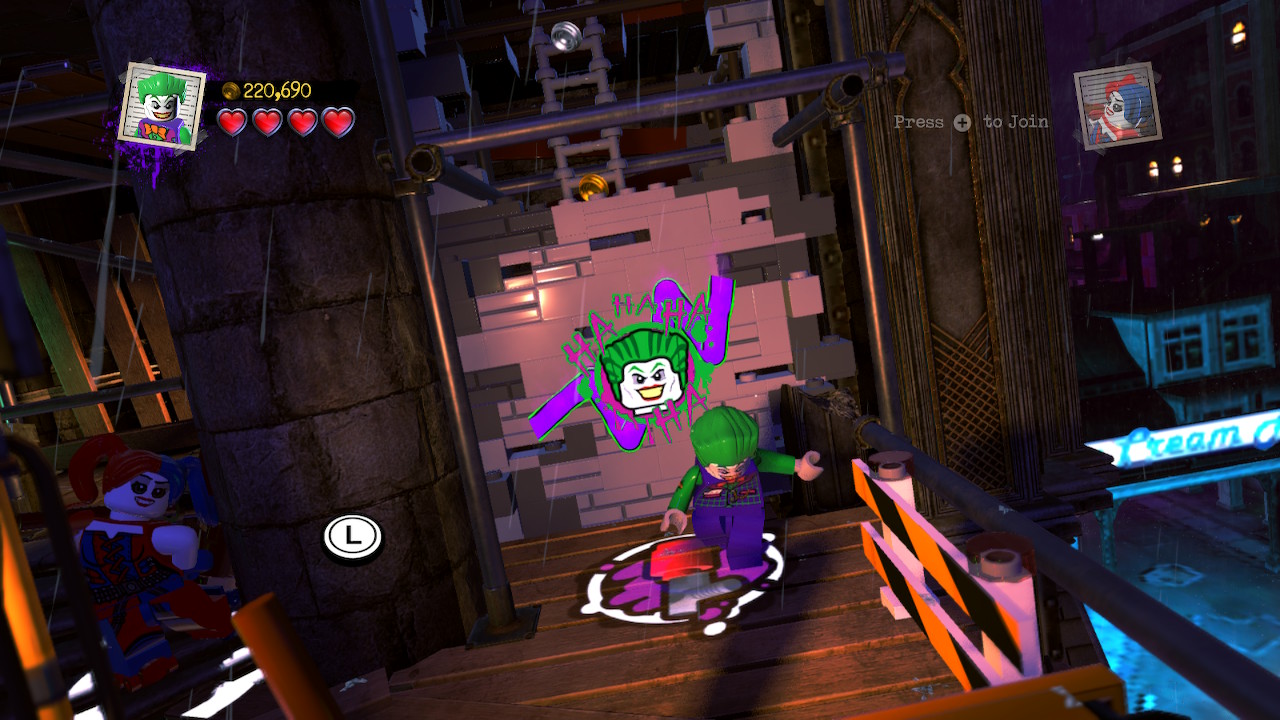
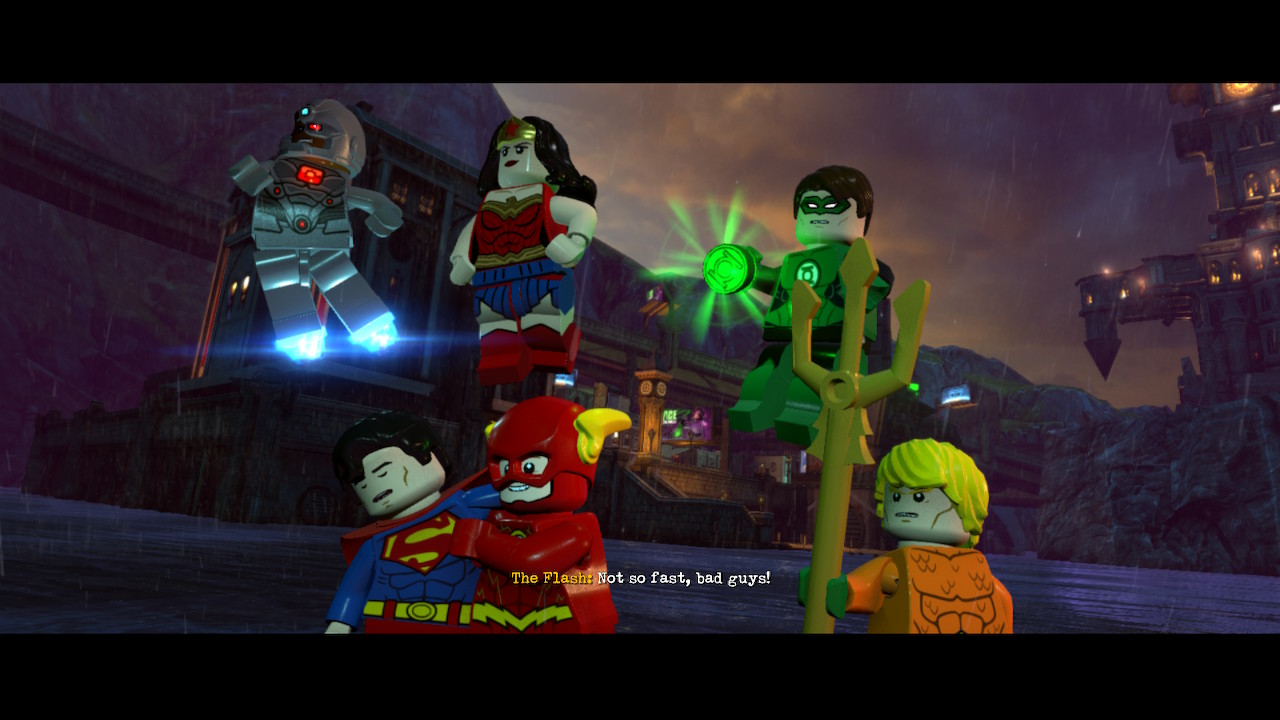
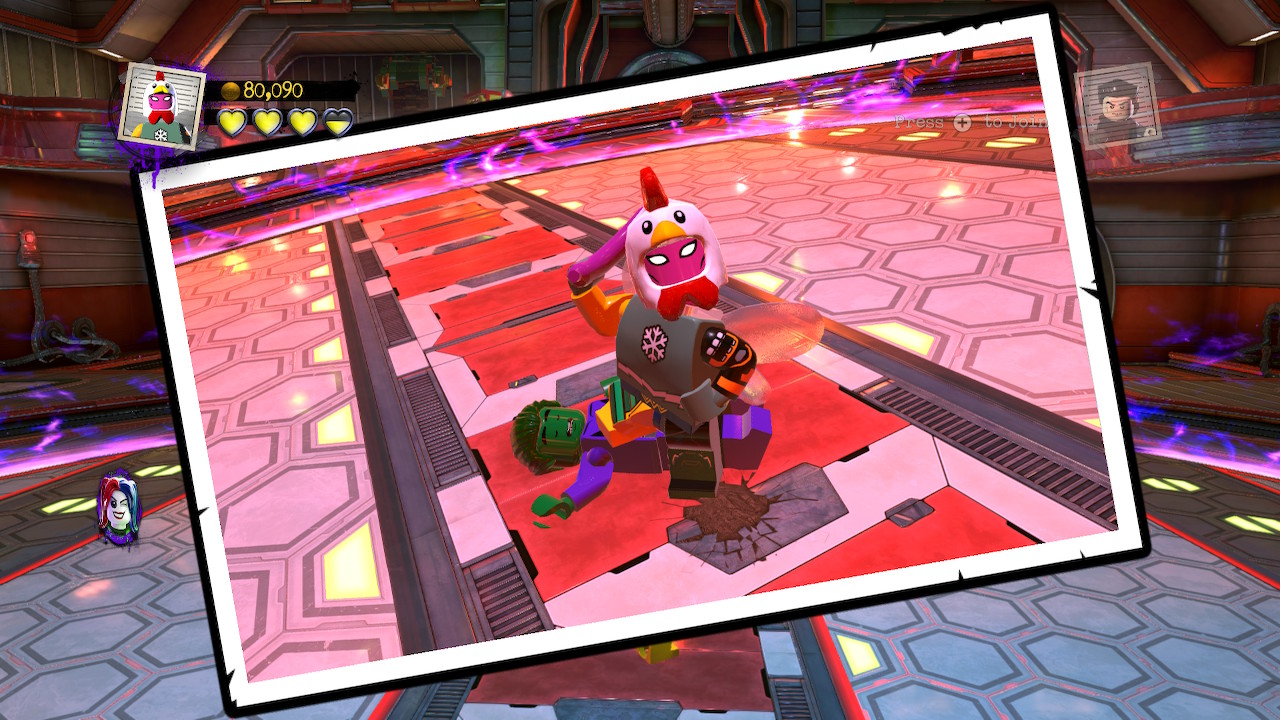
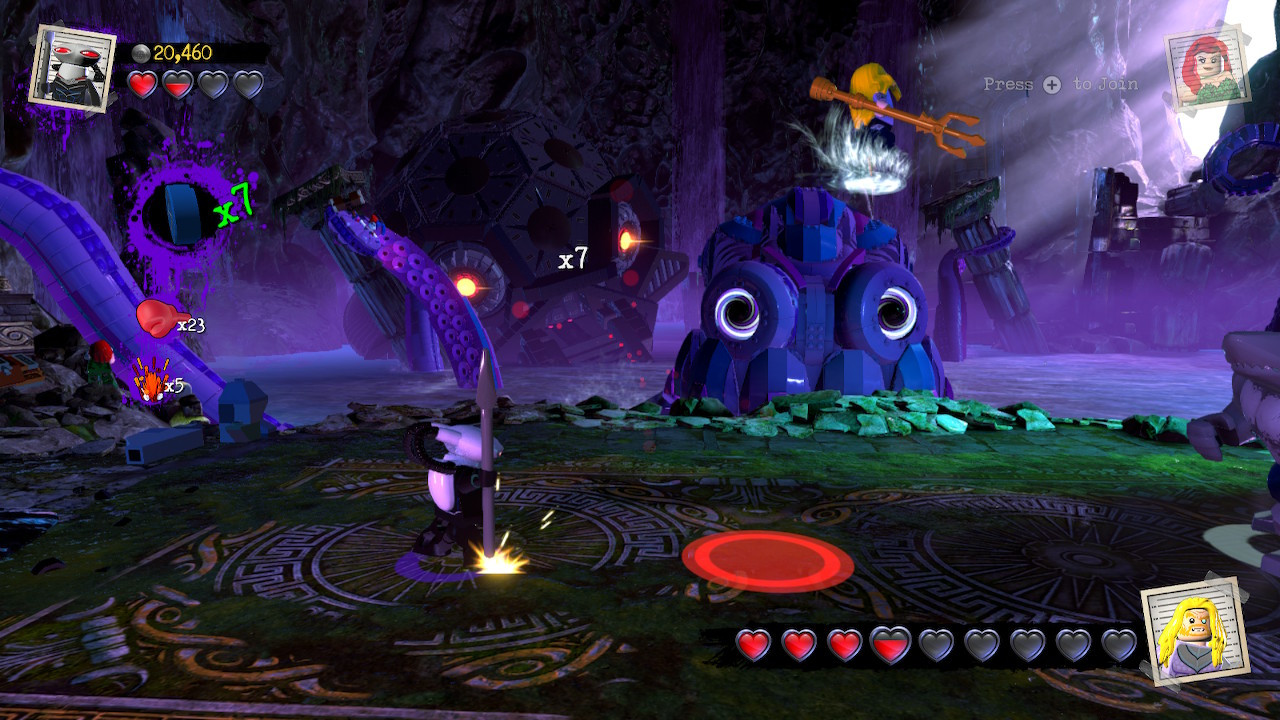
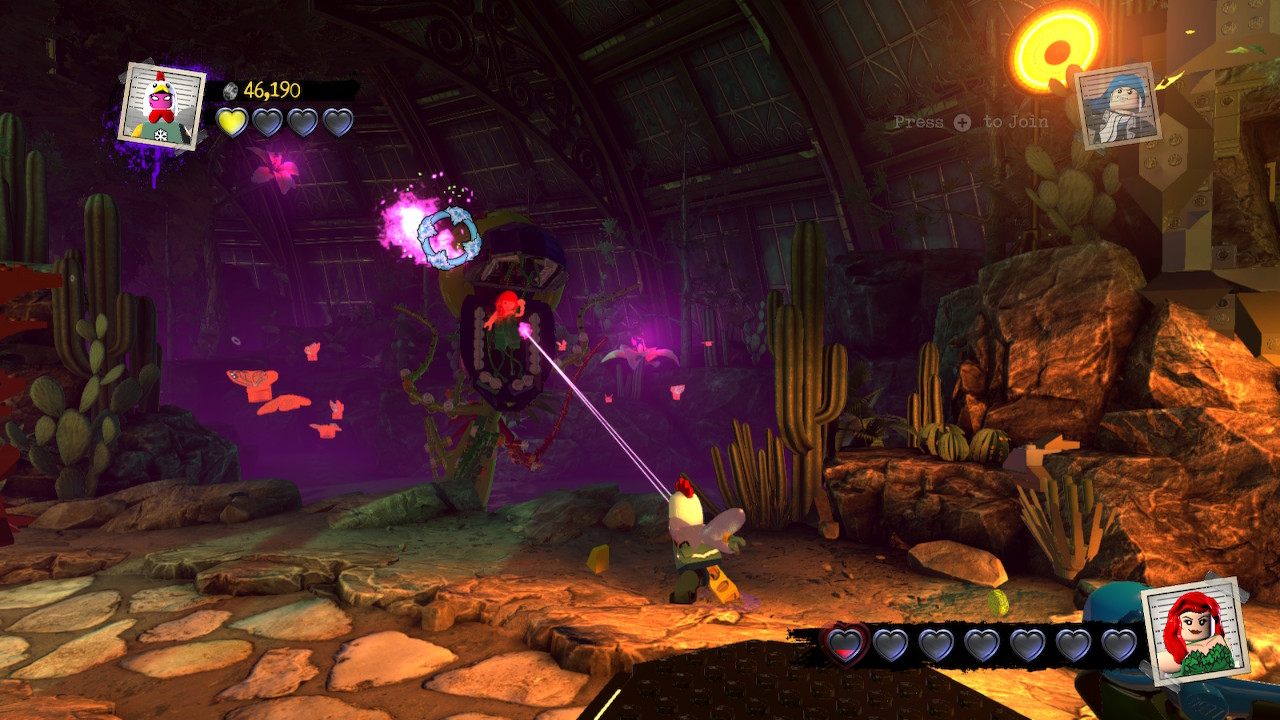
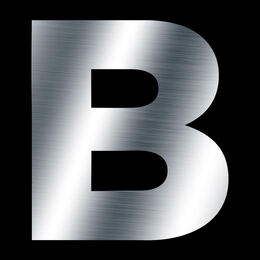
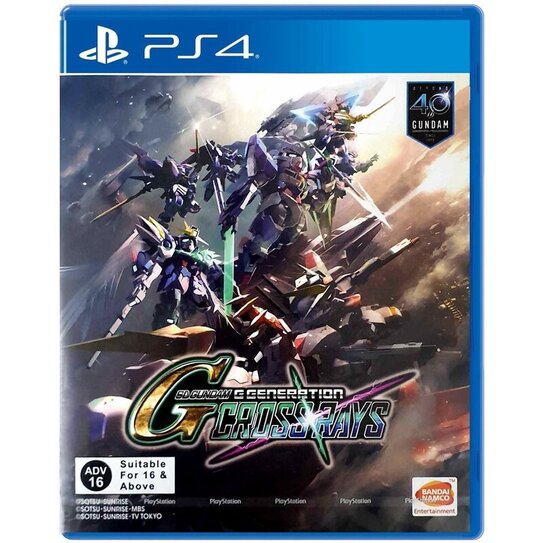
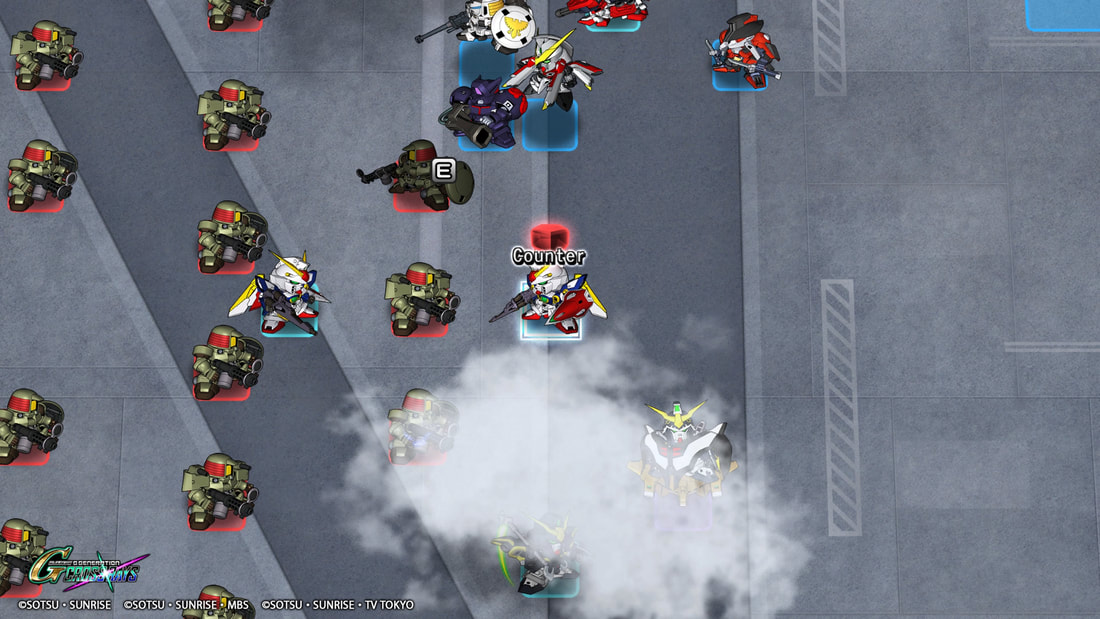
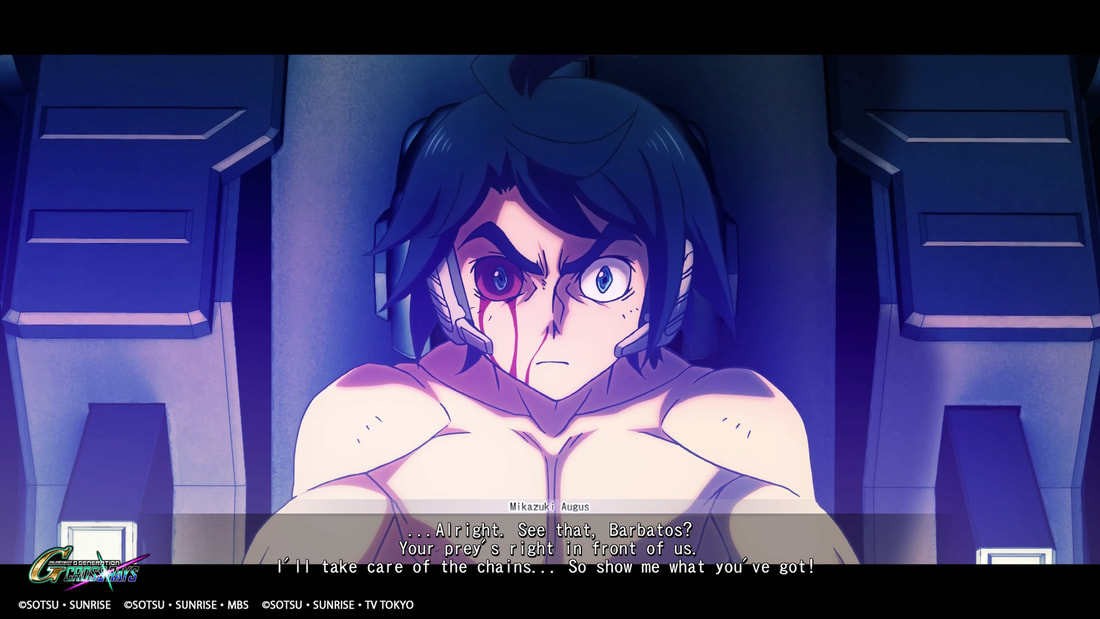
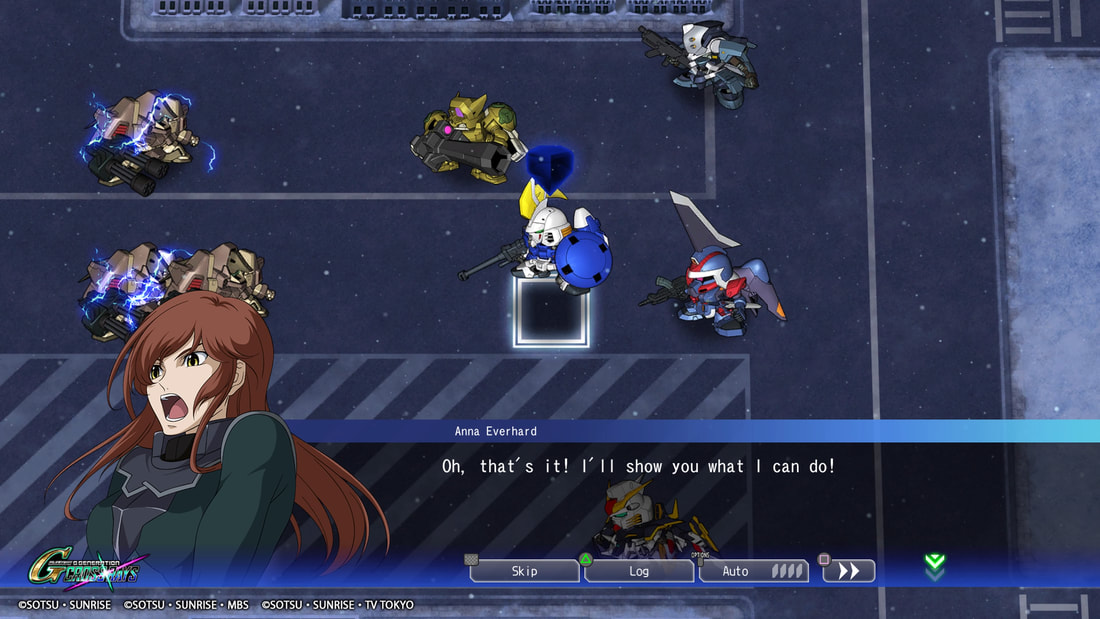
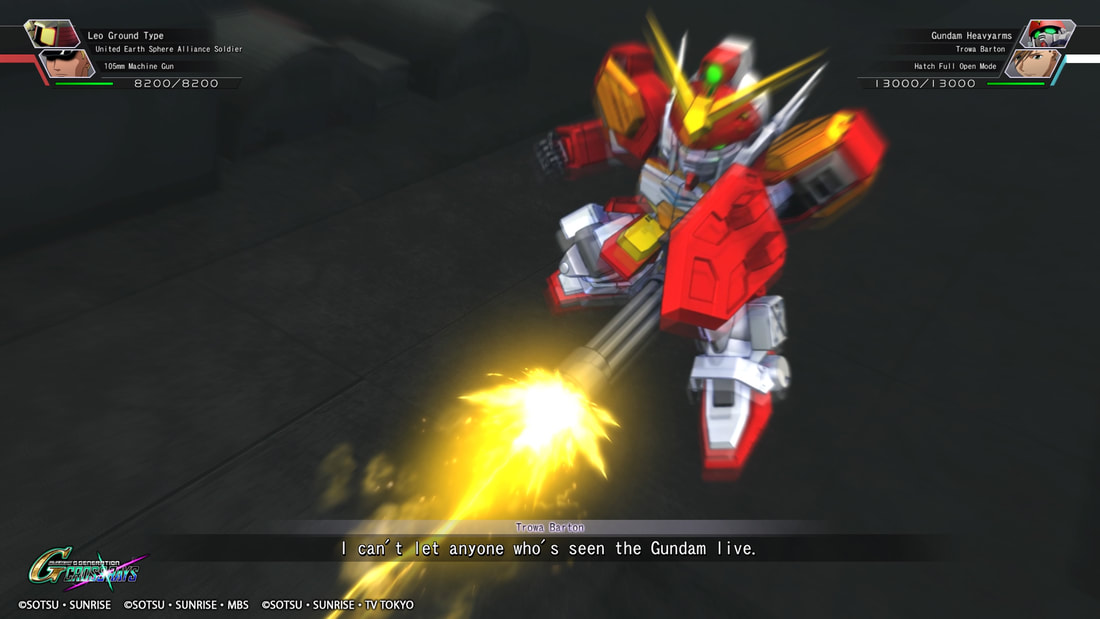
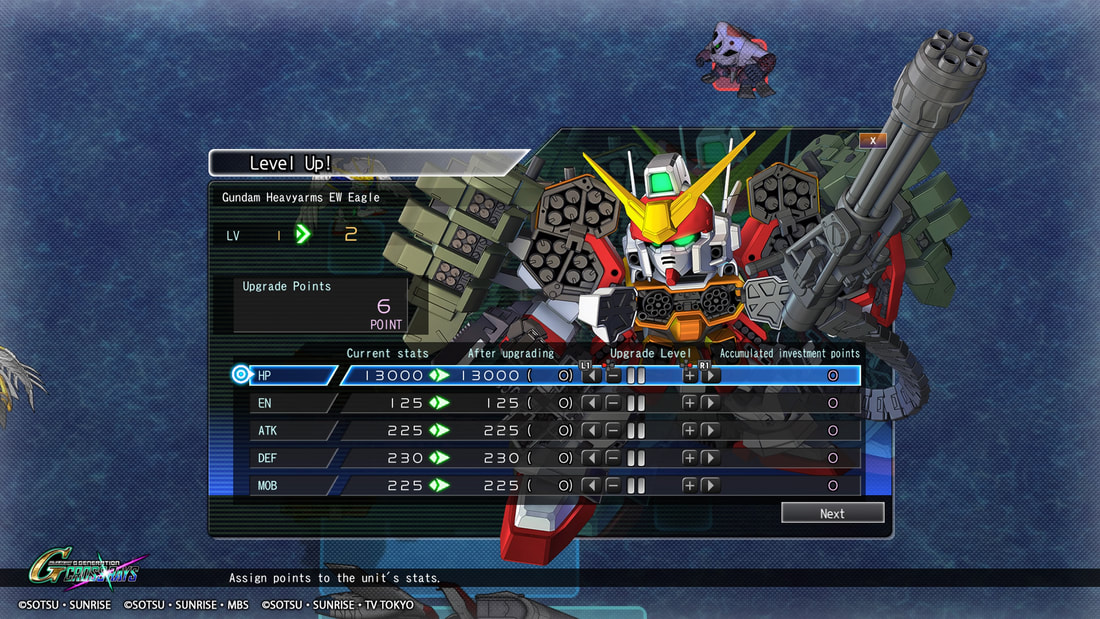
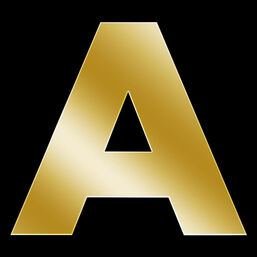
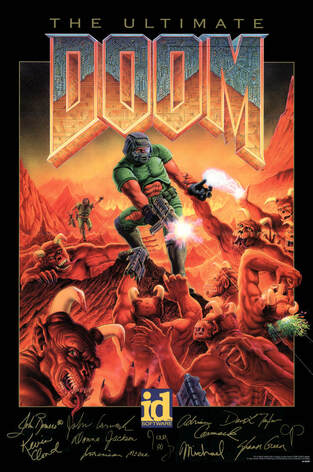
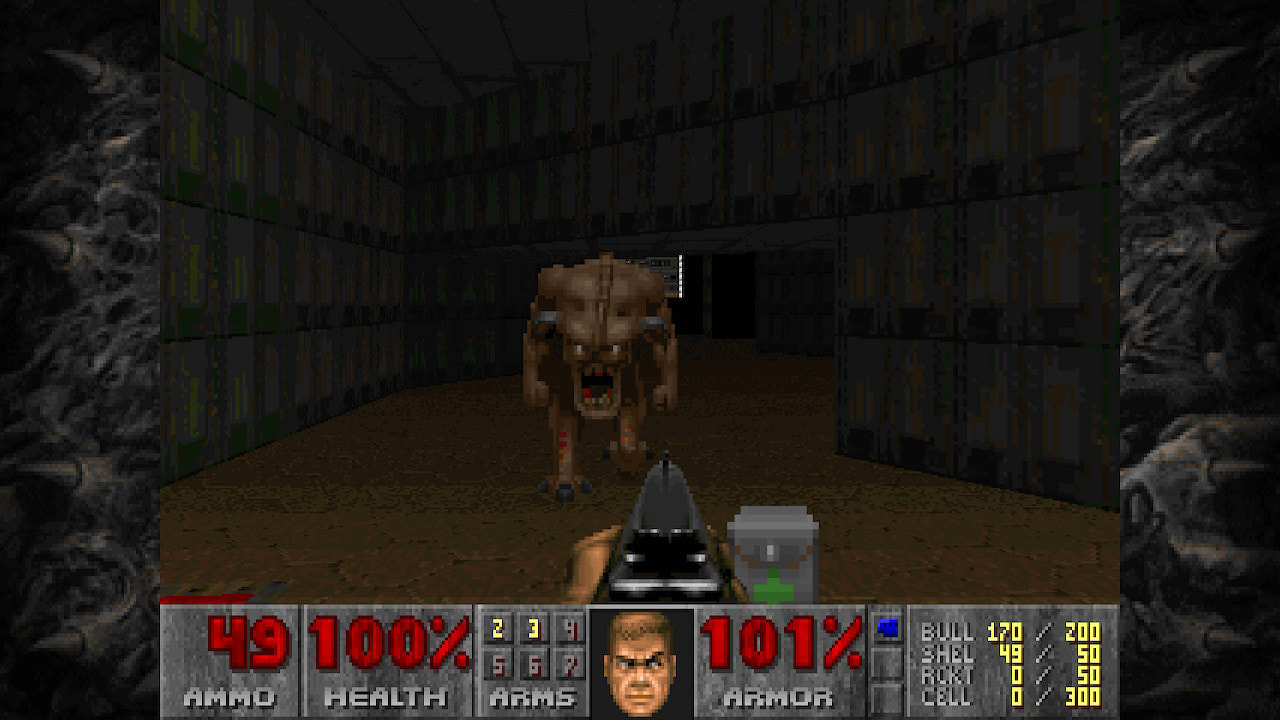
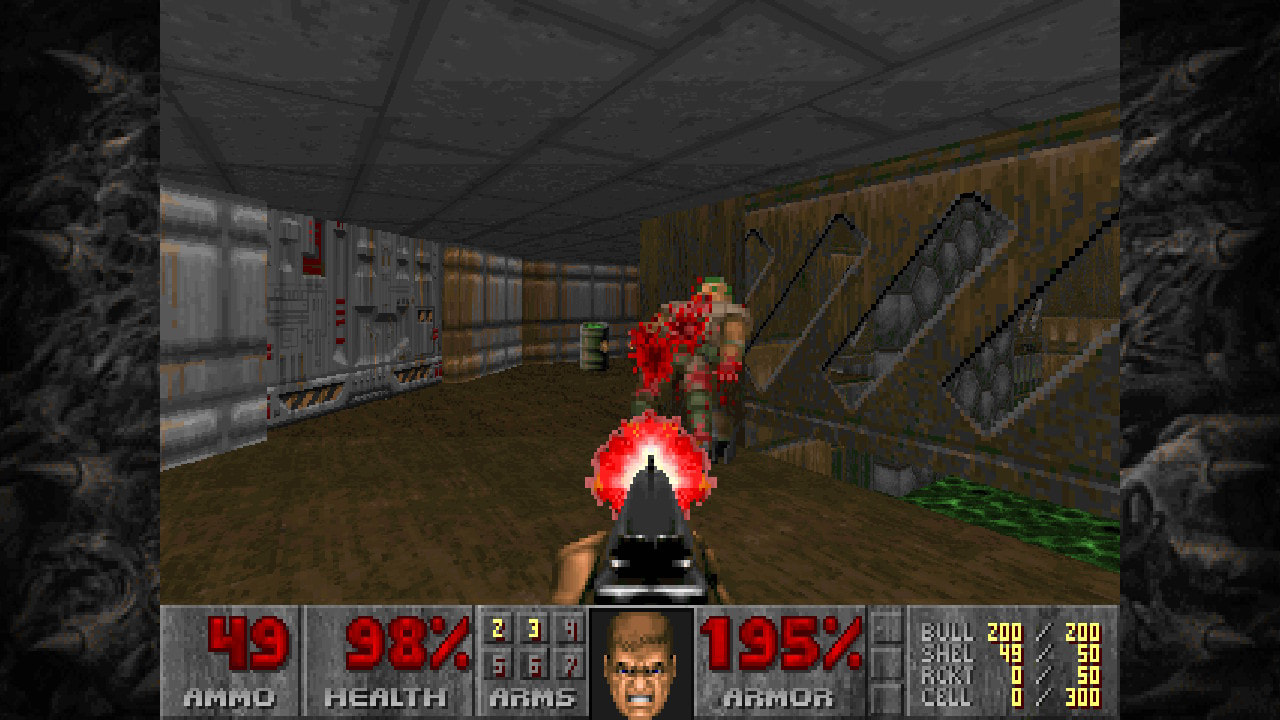
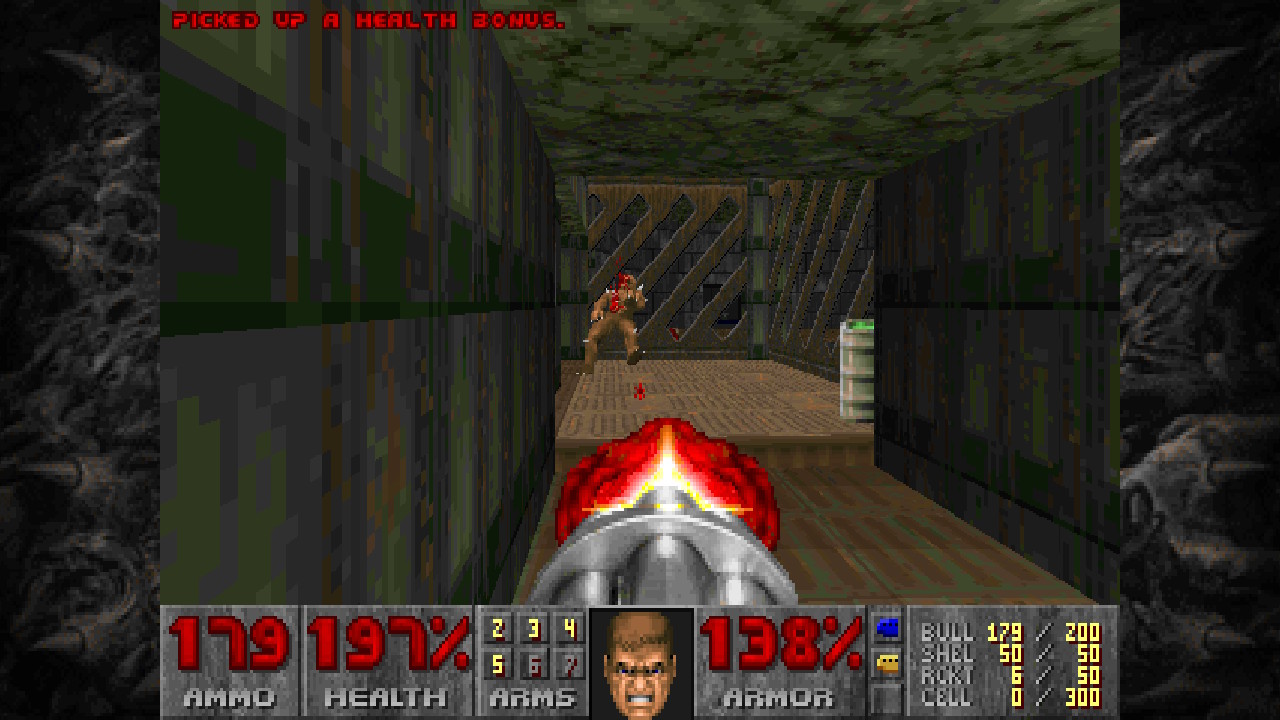
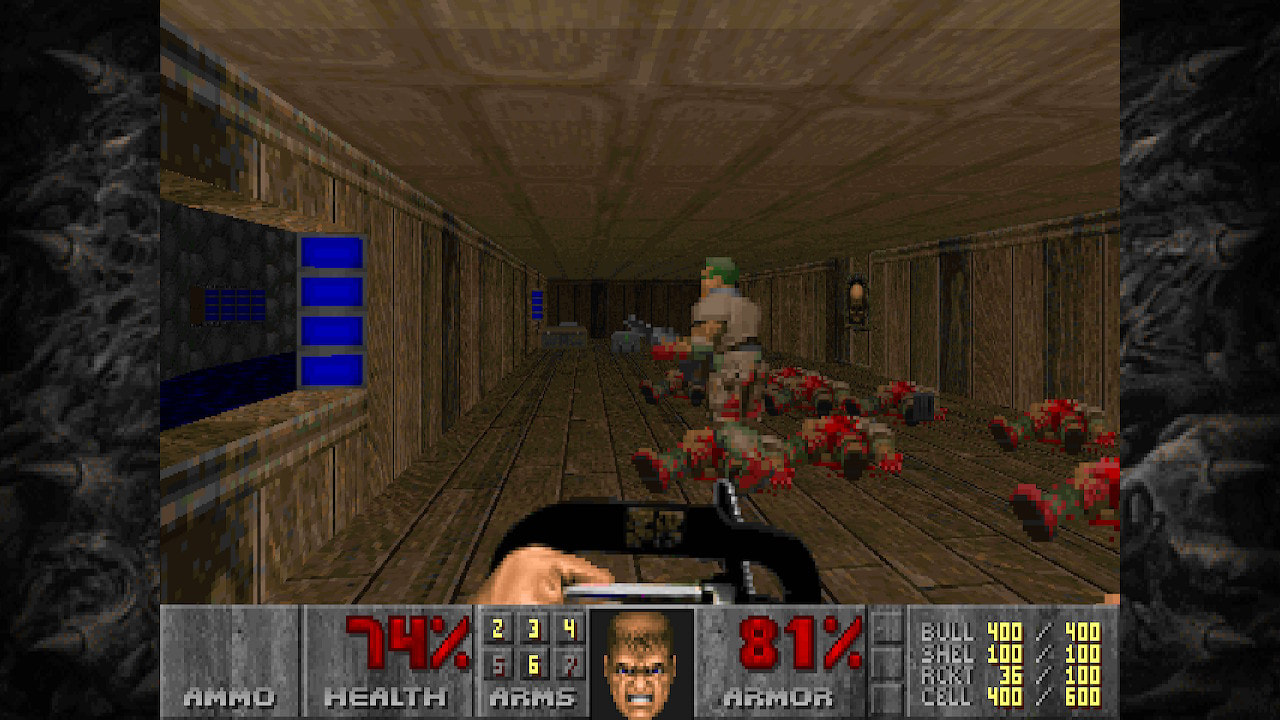
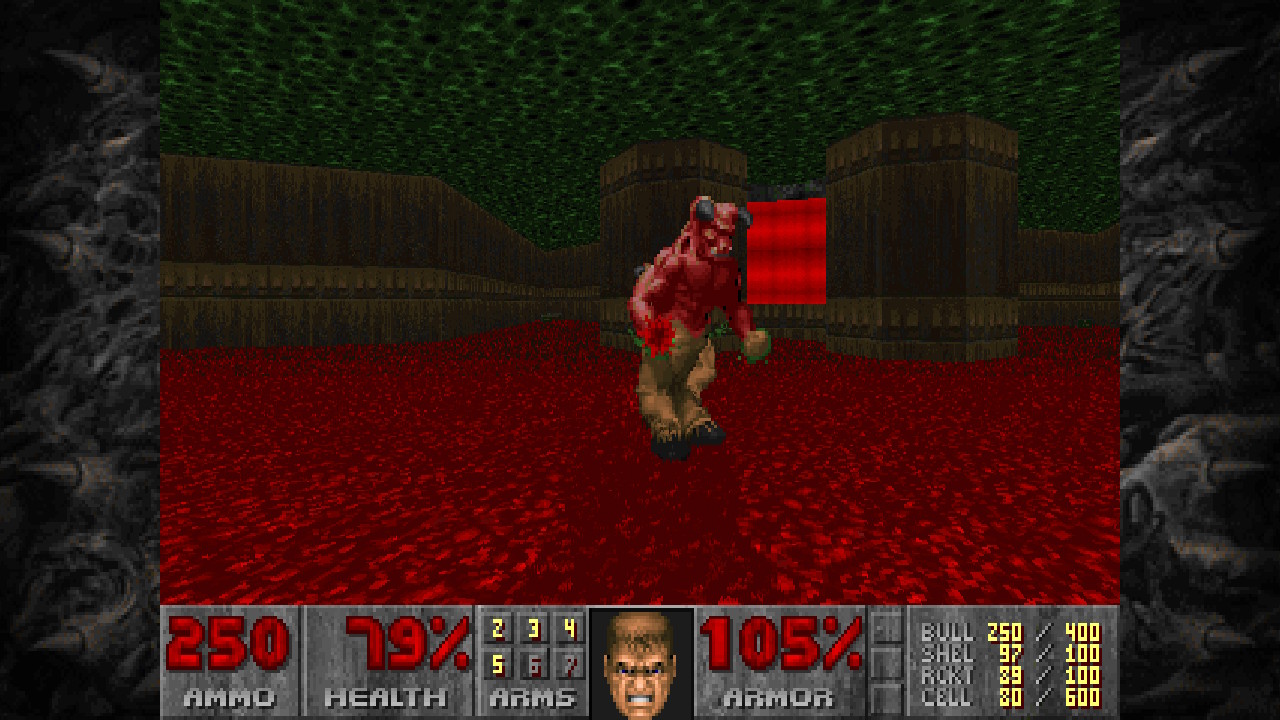
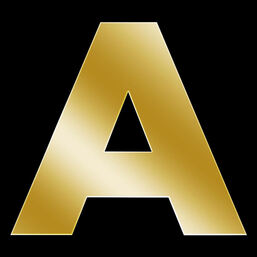
 RSS Feed
RSS Feed
